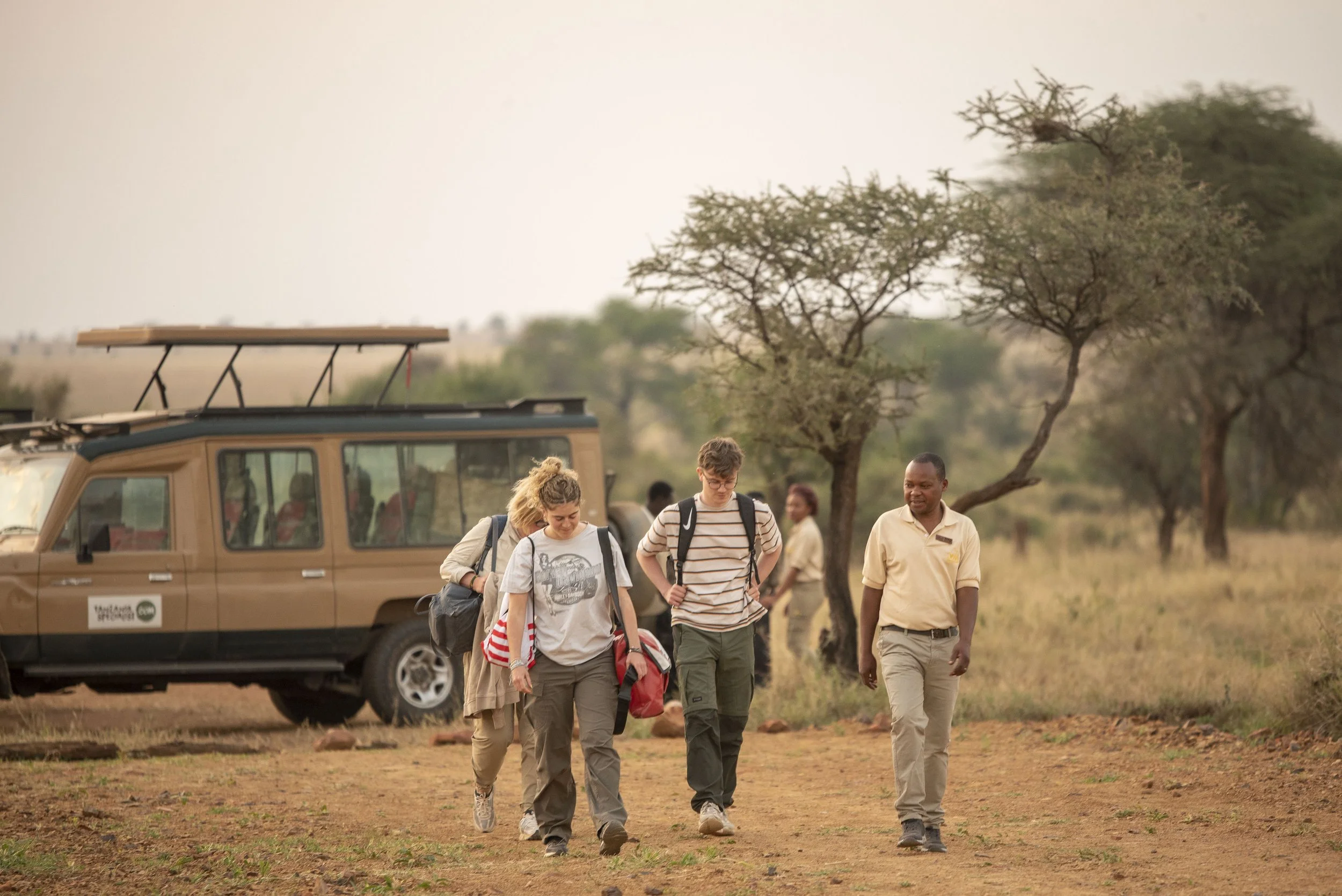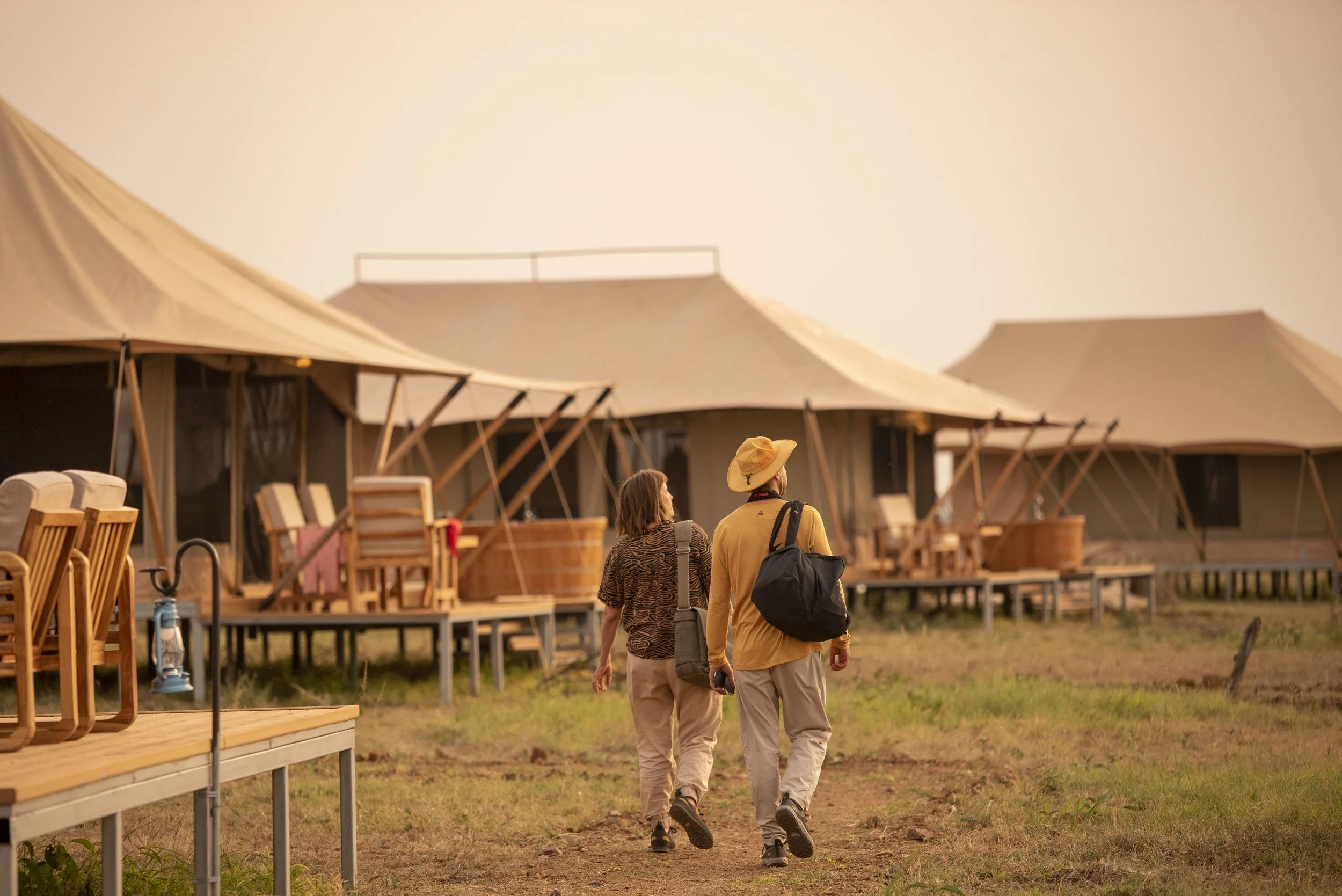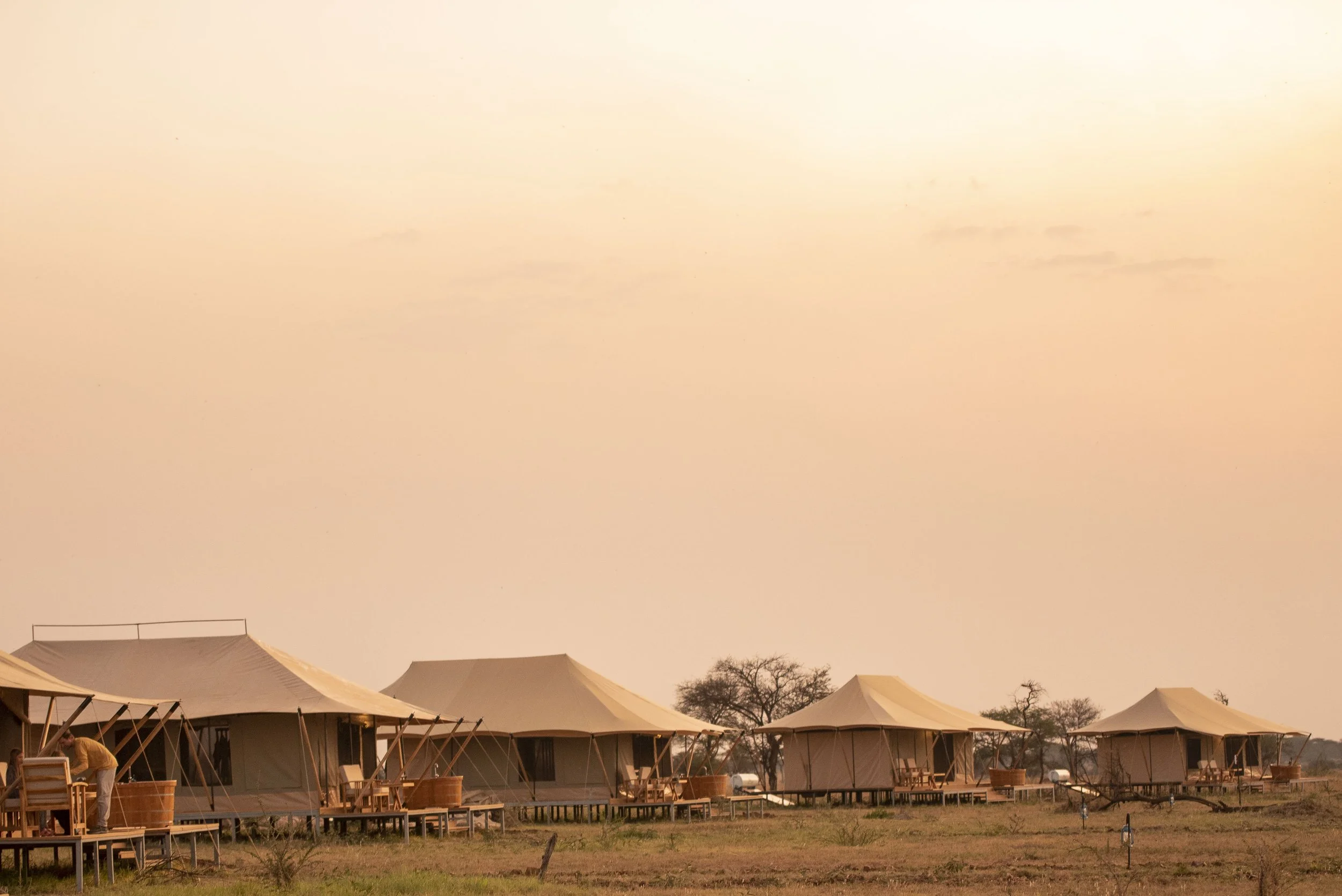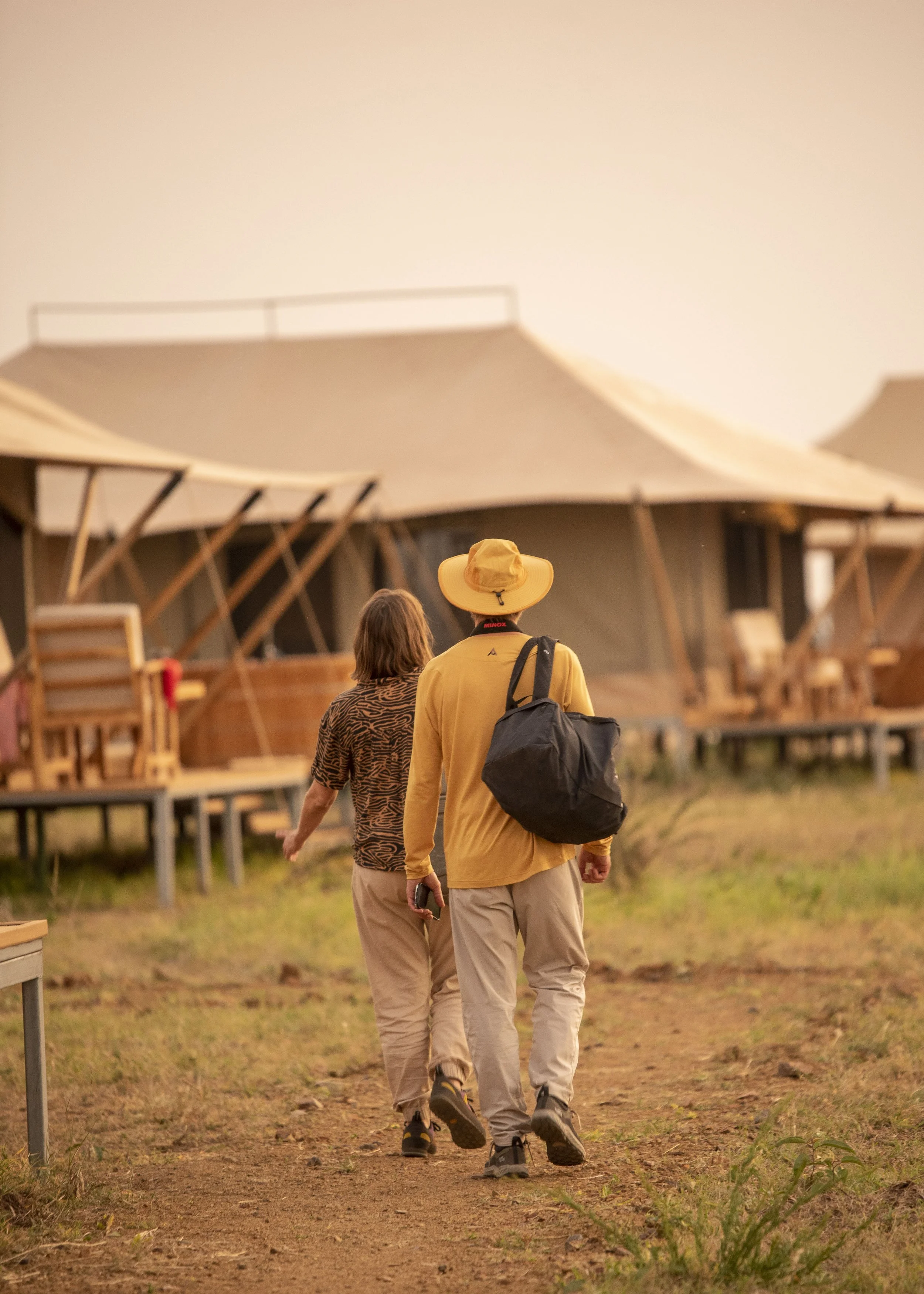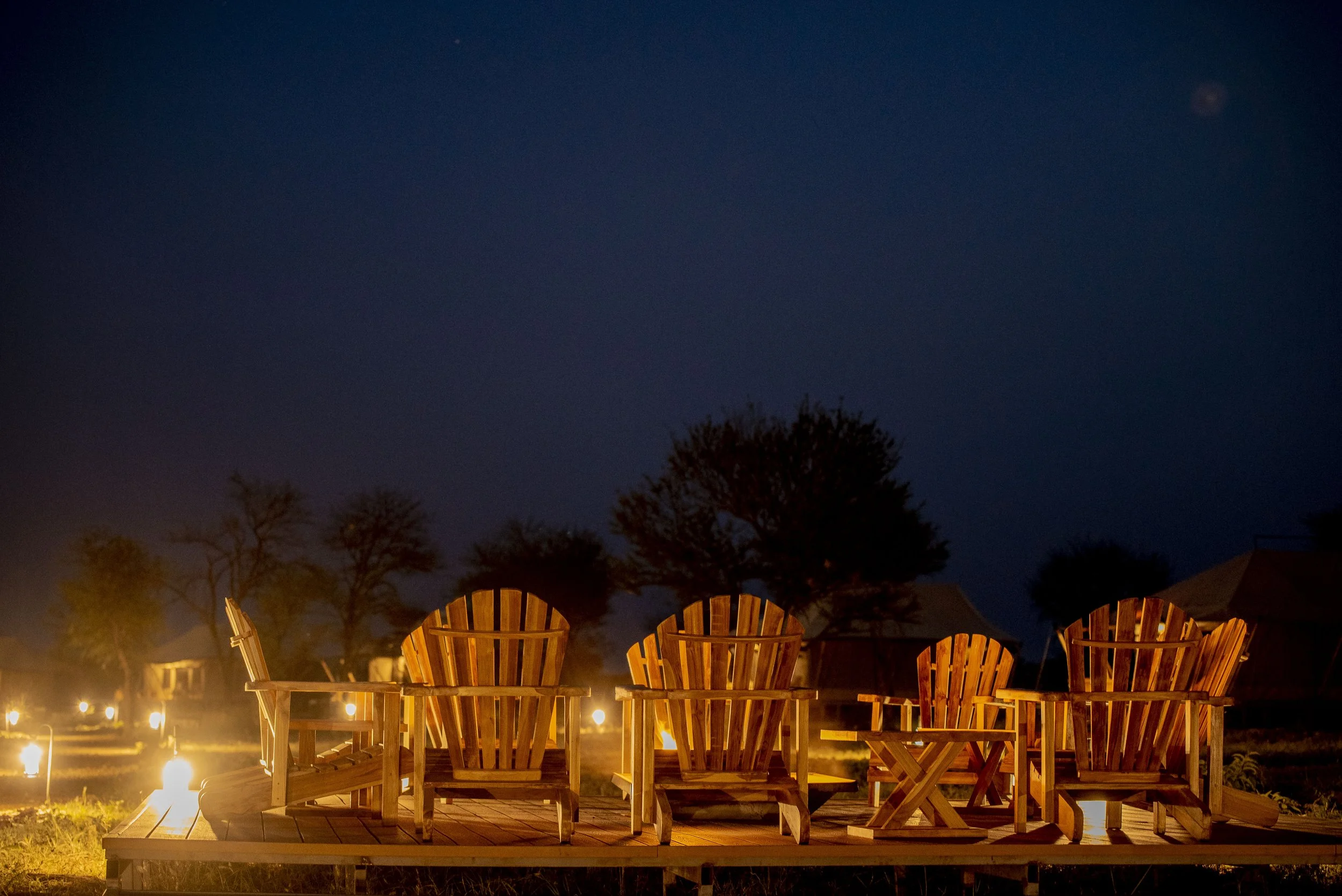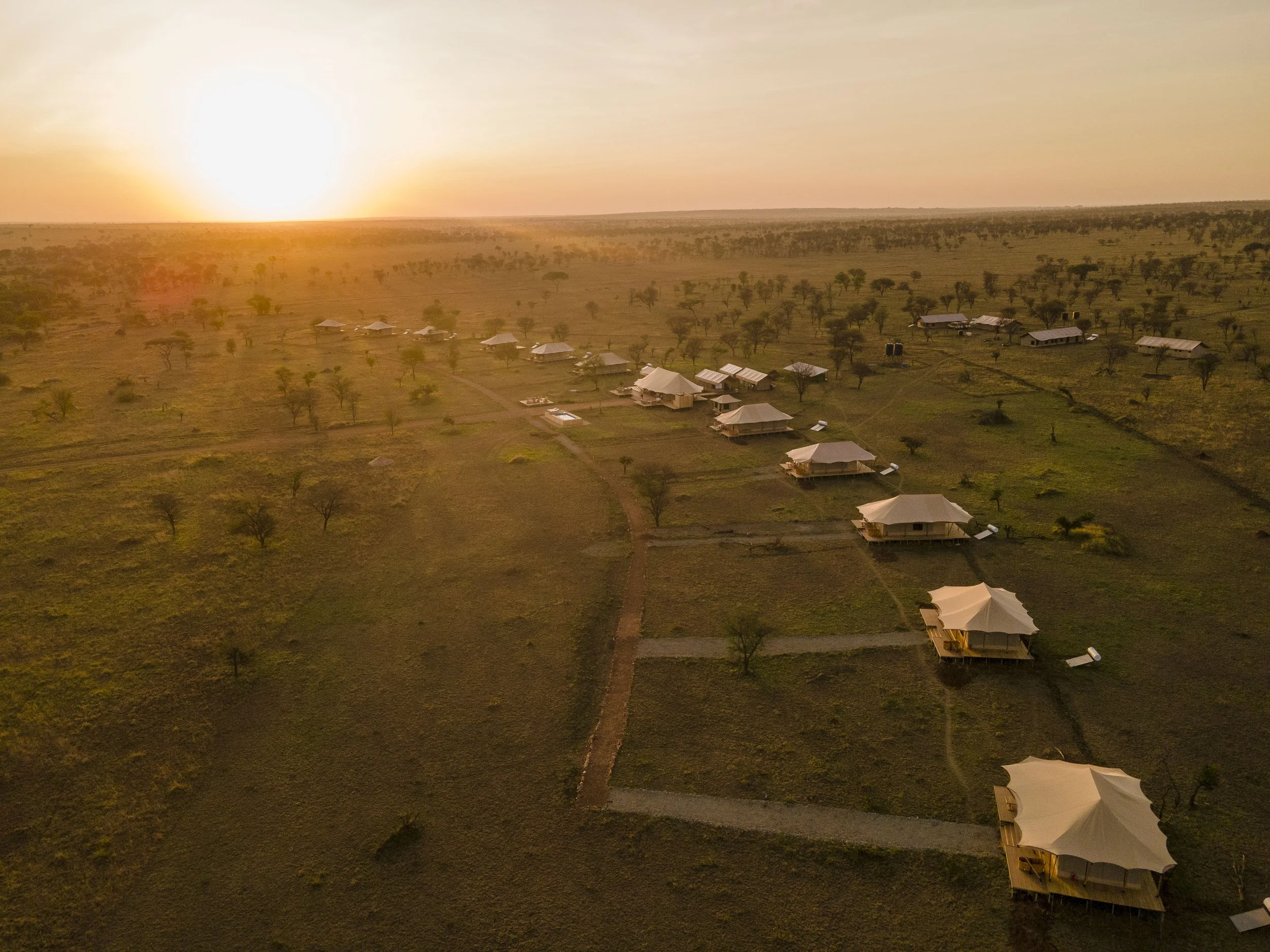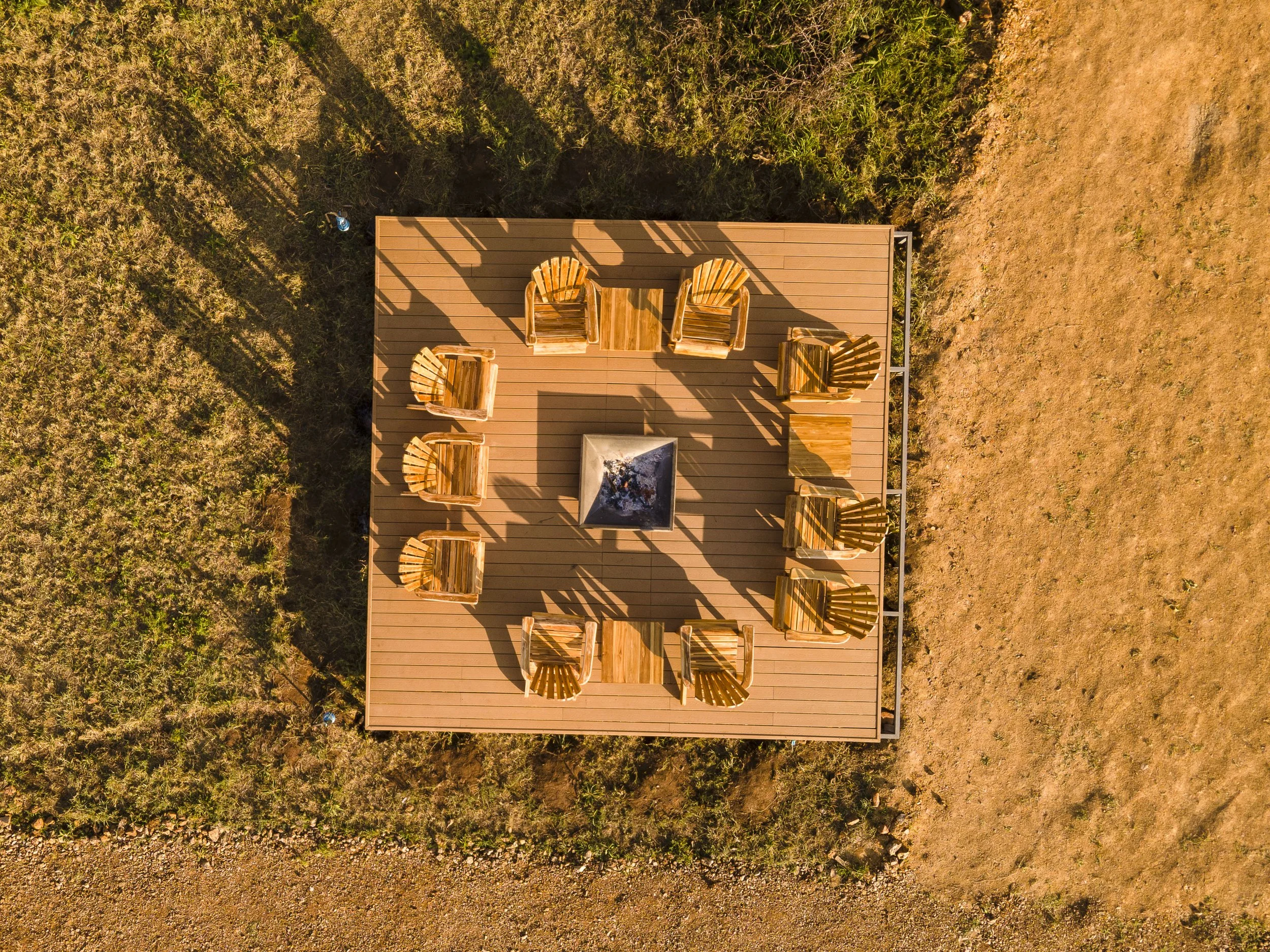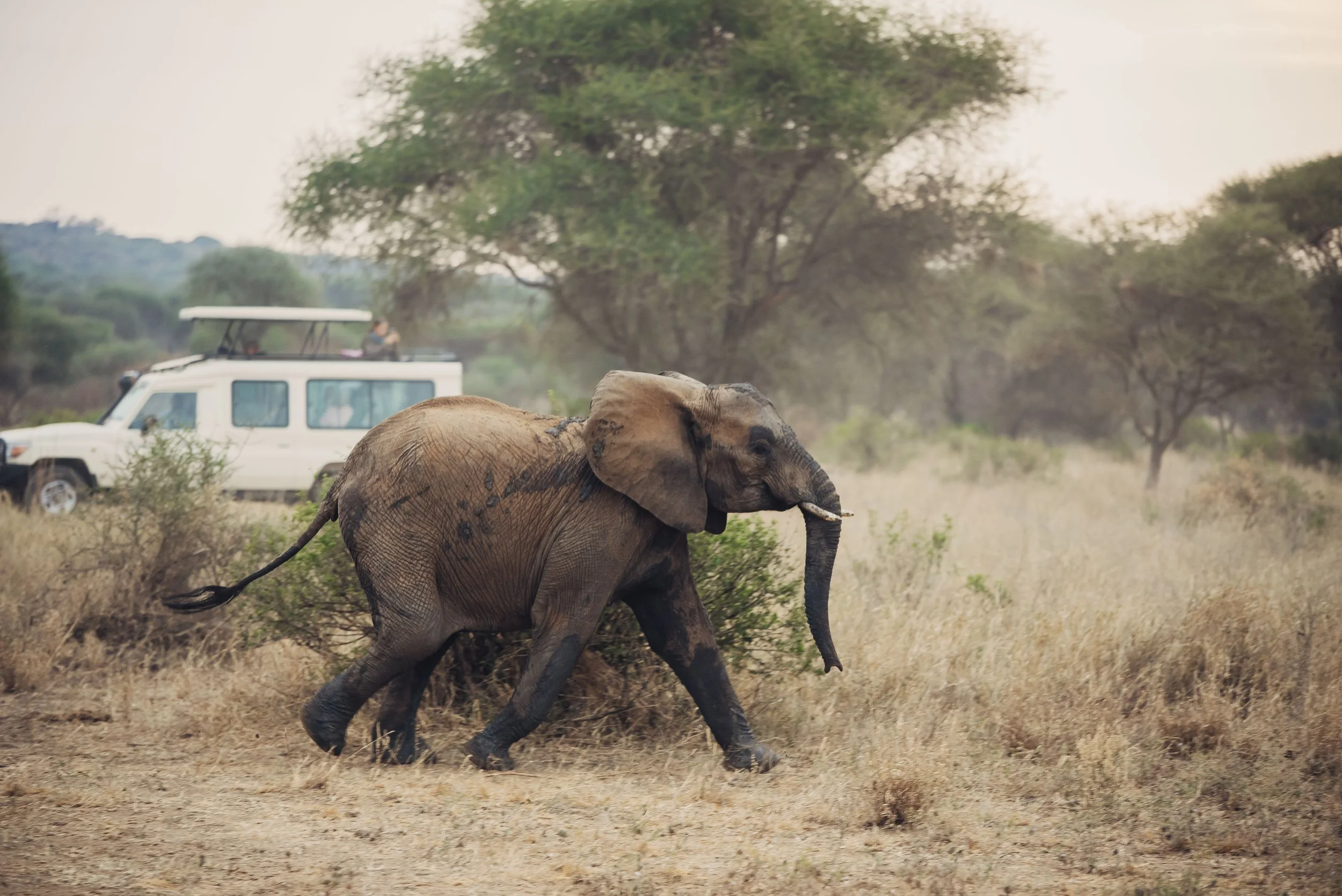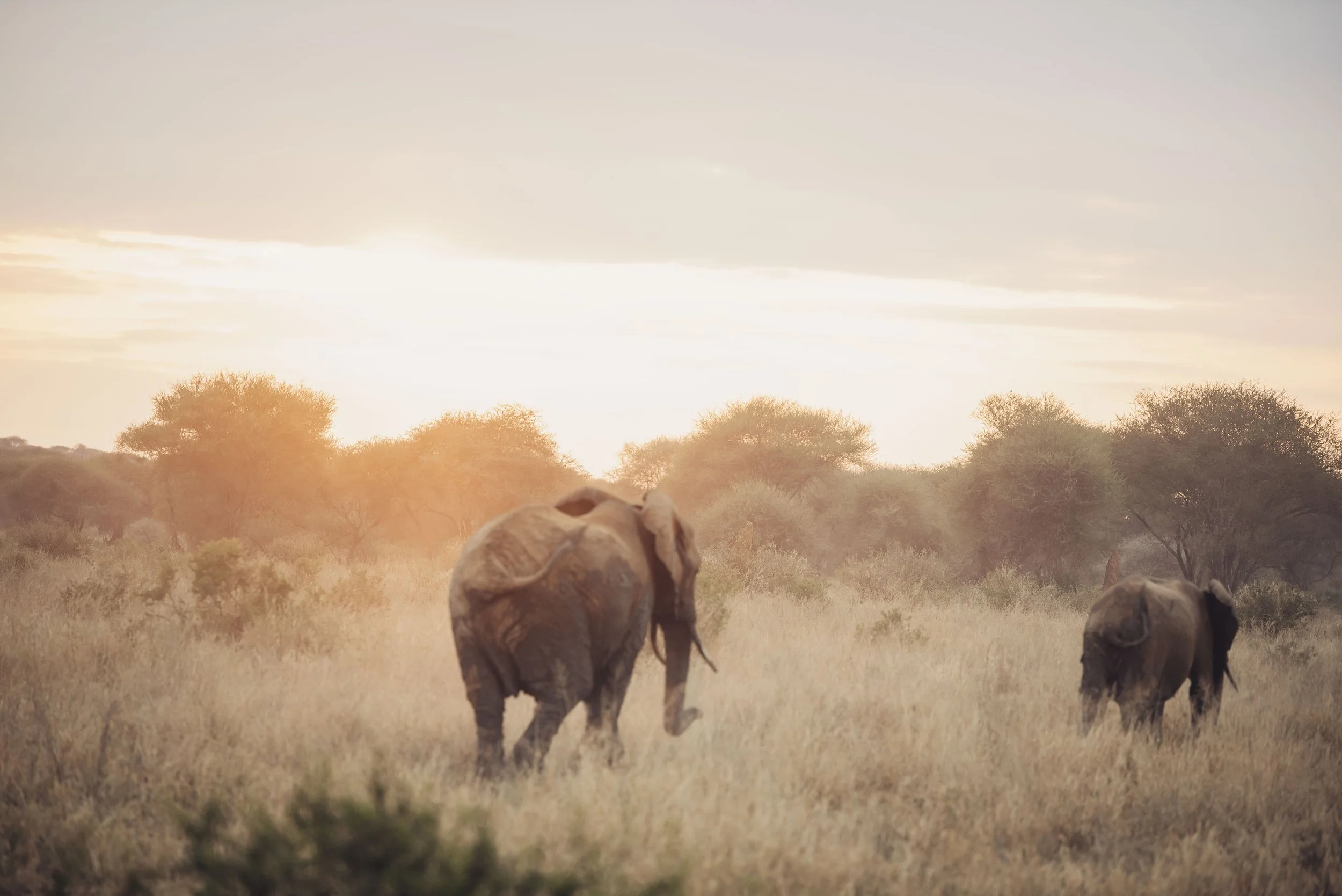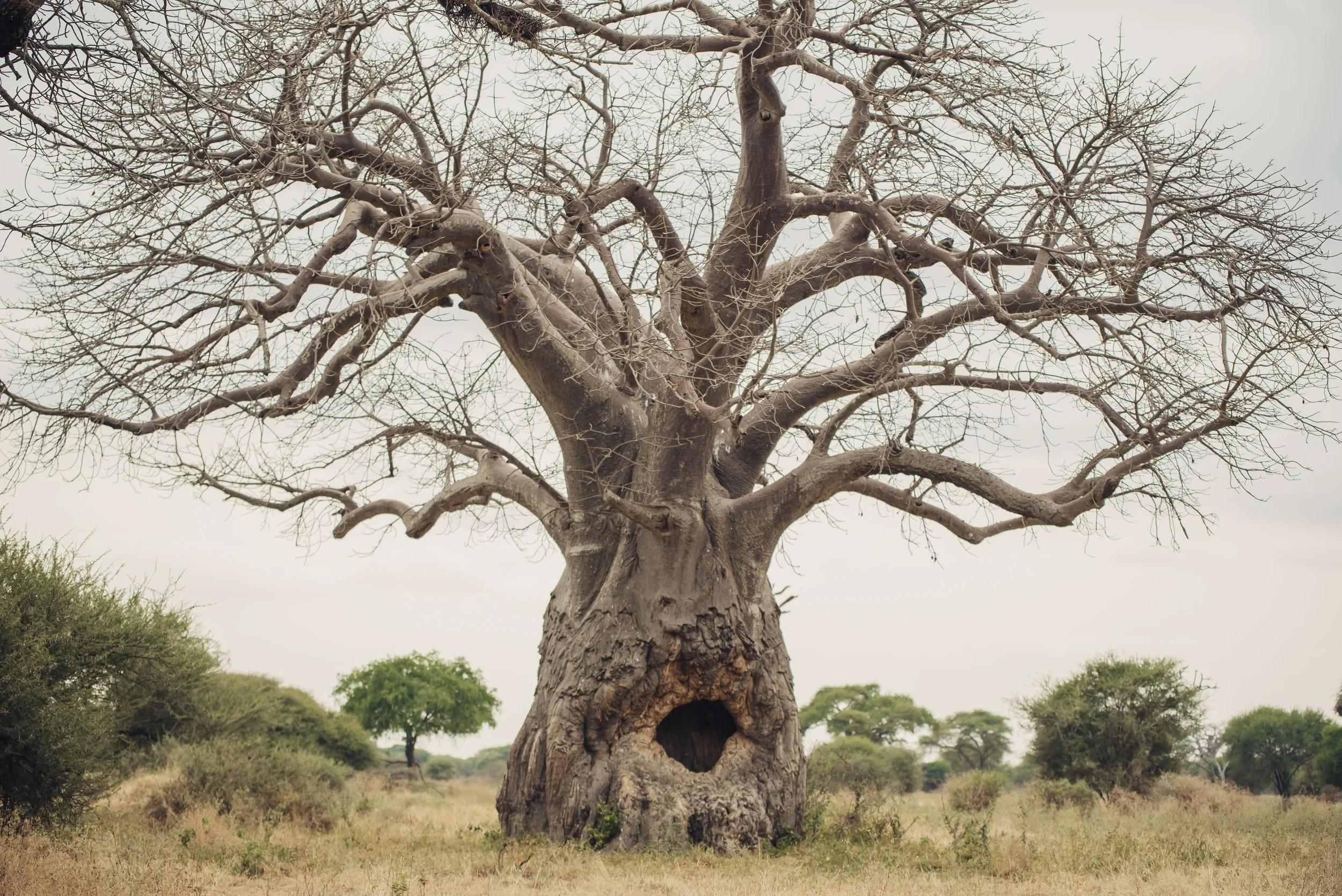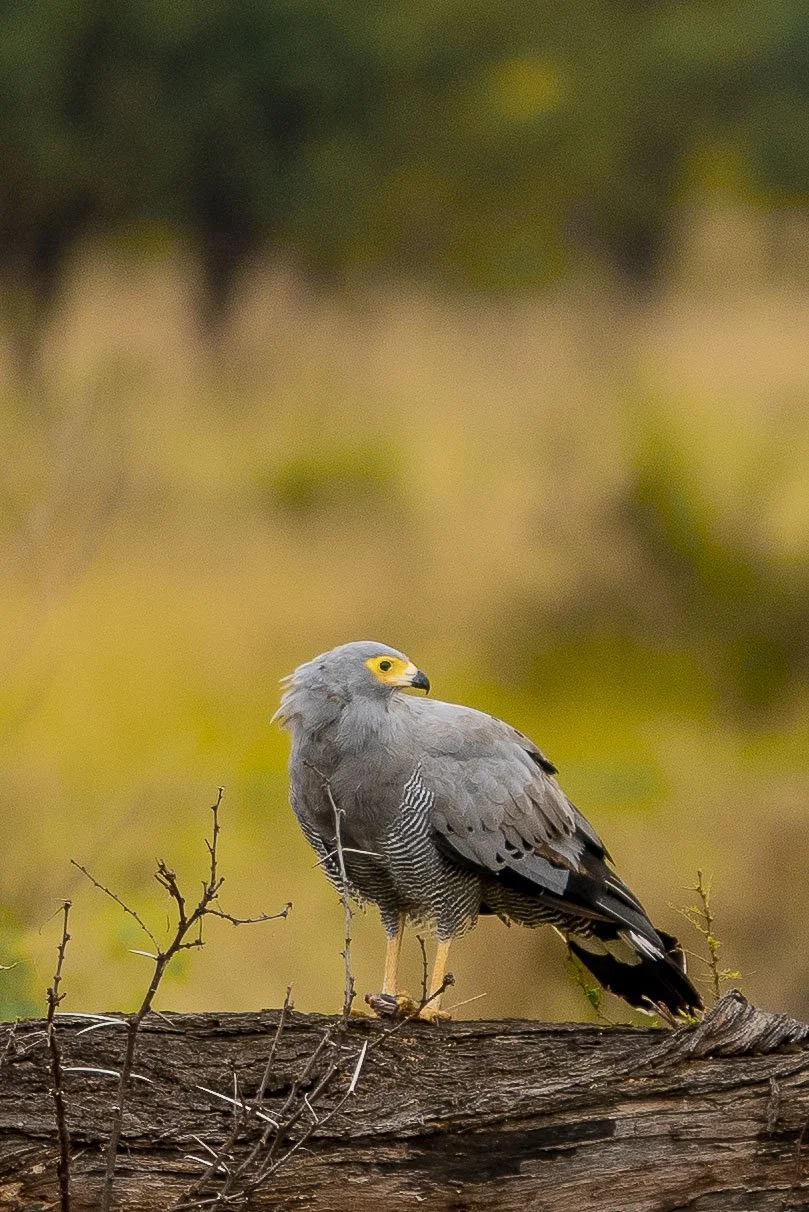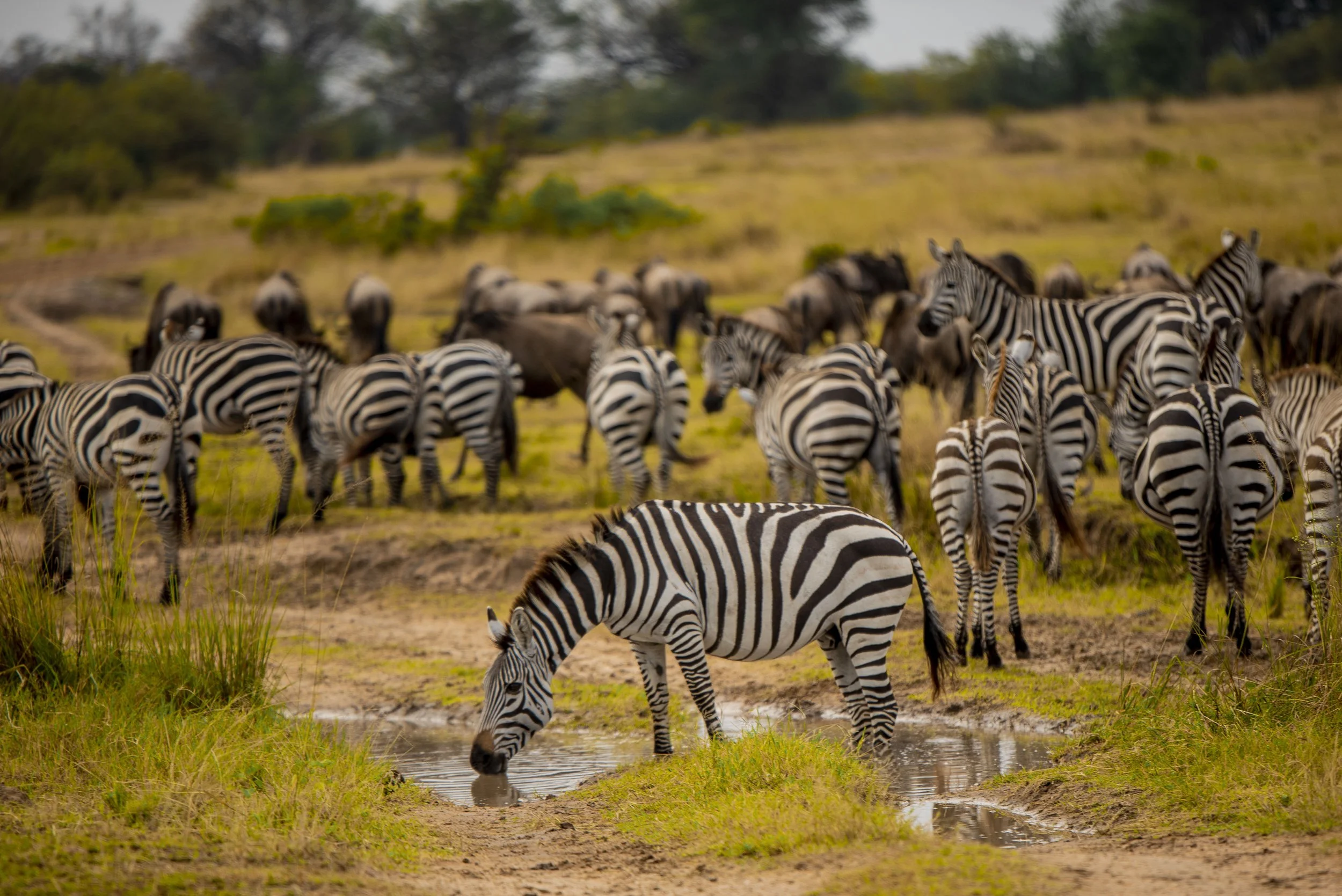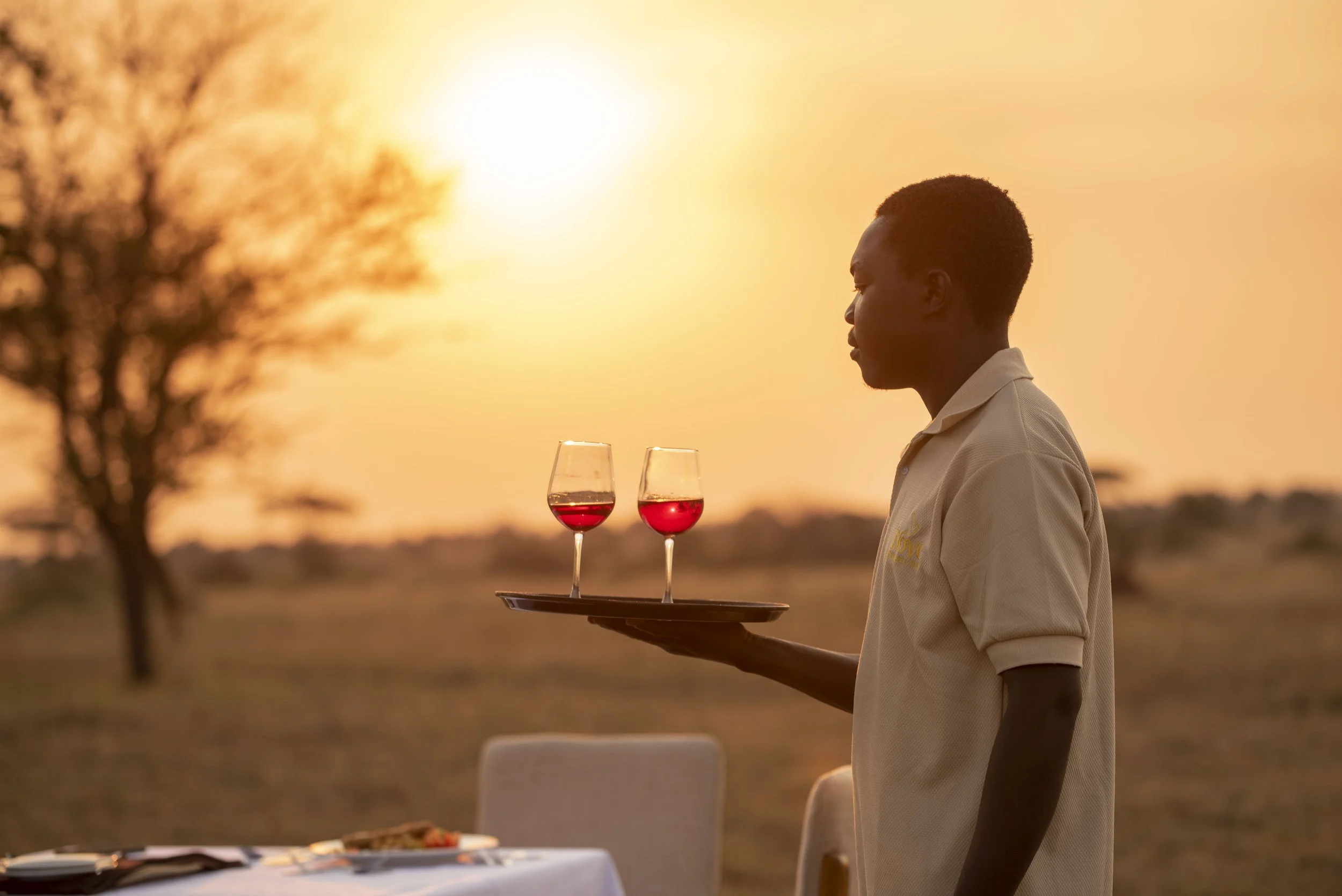
LAKE MANYARA NATIONAL PARK
A Jewel Between Rift Valley and Water
About Lake manyara park
Nestled at the base of the Great Rift Valley escarpment, Lake Manyara National Park is one of Tanzania’s most picturesque wildlife areas, covering 325 km², with two-thirds of its area taken up by the shallow alkaline Lake Manyara. This compact park packs a remarkable diversity of habitats from groundwater forests to open floodplains making it home to a rich variety of wildlife.
Highlights:
Tree-climbing lions – one of the few places in the world to see this rare behavior.
Large elephant herds – the park is famous for its gentle giants.
Flamingo-filled lake – seasonal flocks create a pink shimmer along the shore.
Scenic variety – lush forests, open grasslands, hot springs, and Rift Valley cliffs.
Birdwatching paradise – over 400 bird species, including pelicans, cormorants, and hornbills.
What to Carry for Your Lake Manyara Safari
Clothing & Footwear:
Light, breathable clothes in neutral tones
Light jacket for early morning drives
Comfortable walking shoes or sandals
Hat and sunglasses for sun protection
Best Time to Visit Lake Manyara
Lake Manyara offers good game viewing year-round, but each season brings its own charm:
June – October (Dry Season): Best for wildlife spotting, as animals gather near the lake and rivers. Minimal rain and pleasant temperatures.
November – May (Green Season): Lush landscapes, excellent birdwatching (especially flamingos), and fewer crowds. Short rains (Nov–Dec) and long rains (Mar–May) but wildlife is still active.
Tip: For bird lovers, visit between November and April when migratory species join the resident flocks.
Gear:
Binoculars for birding
Camera with zoom lens for capturing tree-climbing lions
Daypack for water and essentials
Sunscreen & insect repellent
Activities in Lake Manyara
Game drives – explore the park’s forests, plains, and lake shores.
Canoeing (seasonal, when water levels are high) – a unique view from the lake itself.
Walking safaris with a guide (in designated areas).
Birdwatching tours – especially for flamingos, pelicans, and raptors.
Cultural tours – visit nearby Mto wa Mbu village for a taste of local life.
Treetop walkway – a 370m suspended bridge for a bird’s-eye view of the forest.
Park Fees & Access
Location: Northern Tanzania, between Arusha and Ngorongoro, about 2–3 hours’ drive from Arusha.
Entry Fees (TANAPA rates, subject to change): Around $59 per adult per day (non-resident, high season).
Getting There:
By Road: Easily accessible on the northern safari circuit, often combined with Tarangire and Ngorongoro.
By Air: Flights to Lake Manyara Airstrip from Arusha, Serengeti, or Zanzibar.
Travel Essentials:
Passport & park permits
Travel insurance details
Reusable water bottle
Personal medications and first aid kit
Wildlife You Can Expect to See
Large Mammals: Elephants, buffalo, giraffes, hippos, zebra, wildebeest.
Predators: Lions (often in trees), leopards, spotted hyenas.
Primates: Blue monkeys, baboons, vervet monkeys, bushbabies.
Birdlife: Flamingos (seasonal), pelicans, crowned eagles, hornbills, herons, kingfishers.
Accommodation Options
Luxury Lodges – scenic settings with high-end comfort.
Tented Camps – for a close-to-nature experience.
Mid-range lodges – good comfort at affordable rates.
Nearby Town Stays – Mto wa Mbu and Karatu offer budget and boutique options.

